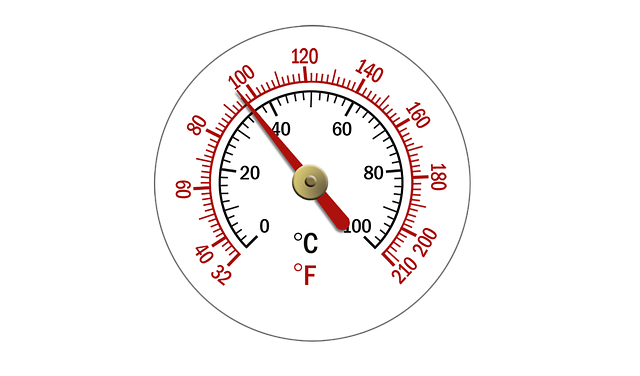Ongoing research conducted by Professor Lewis Halsey and his team at the University of Roehampton in the UK has revealed the existence of an upper critical temperature (UCT) for humans, estimated to fall between 40°C and 50°C. The team is now further investigating the reasons behind the increase in metabolic energy costs at high temperatures.
According to Prof. Halsey, their findings indicate that the resting metabolic rate of humans, which measures the amount of energy the body consumes at rest, can be higher in hot and humid conditions. While research has extensively explored the preferred temperature ranges for various animal species in terms of minimal metabolic rates and energy expenditure, there is limited information available on the upper limits of our thermal neutral zone as humans.
Understanding the temperatures at which human metabolic rates begin to rise, and how this varies among individuals, holds implications for working conditions, sports, medicine, and international travel. Prof. Halsey explains, “This research provides fundamental knowledge about how we react to suboptimal environments, and how ‘optimal’ differs between people with different characteristics.”
In addition to metabolic rates, Prof. Halsey and his team are investigating the impact of temperatures above the UCT on heart function and how these effects differ among individuals based on characteristics such as age and physical fitness. They have observed significant differences in heart function responses to heat, particularly between genders. Prof. Halsey notes, “On average, men and women display some key differences in their cardiovascular responses to the heat.”
To measure detailed heart function, the team used a state-of-the-art echocardiograph, which presented challenges in the heat. Although this equipment is commonly found in hospitals, it is rarely seen in research laboratories.
These ongoing experiments aim to enhance our understanding of how the body responds to heat stress, its adaptability, the limits of those adaptations, and crucially, the variability in individual responses. As Prof. Halsey emphasizes, “In a warming world, this knowledge becomes ever more valuable.”


